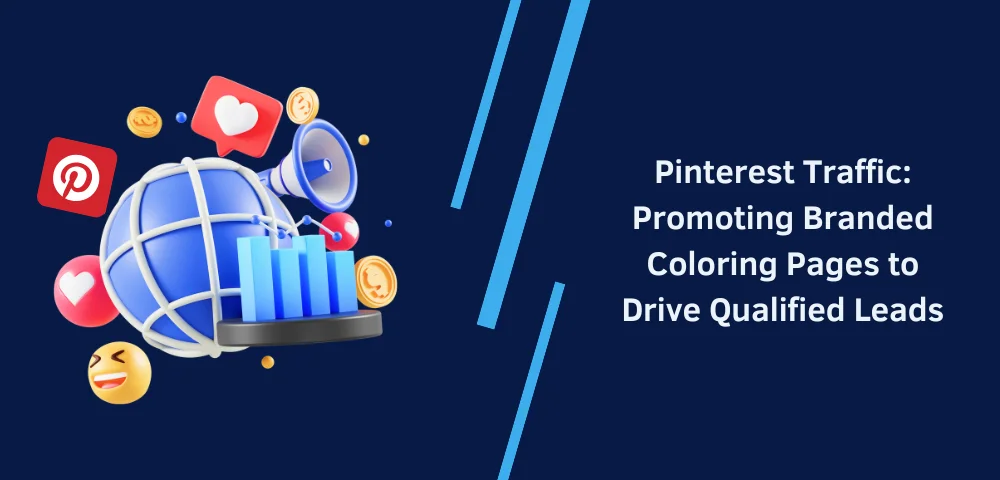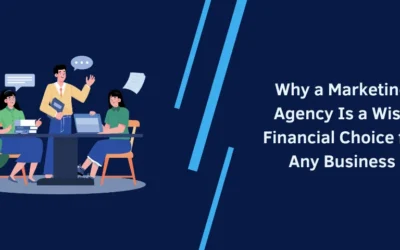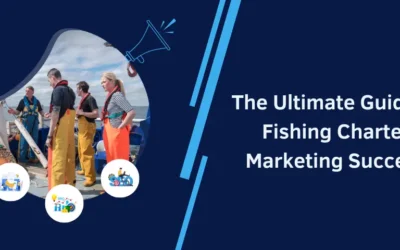When most digital marketers appear to be obsessed with Instagram and Facebook, Pinterest is often overlooked as a silent killer that generates some of the steadiest and conversion-ready traffic on the internet. It’s not about browsing on this platform, but about planning. People plan before buying or downloading, whether it’s for the upcoming holidays, a classroom activity, or a DIY project.
The distinguishing feature of Pinterest is its search-based ecosystem. Pins may appear in user feeds months and even years after they are posted. It is therefore a strong channel to use evergreen content, especially when such content can provide value on the front end, i.e., printable assets, templates, or lead magnets.
Designing Branded Assets
The most effective method to drive clicks and gather leads on Pinterest is to provide free, well-designed assets that serve as valuable brand touchpoints. Printable coloring pages fall into that category. Dressed up to appeal to adults, e.g., in botanical designs, seasonal motifs, or inspirational texts, they are more than children’s stuff.
It is possible to create a subtle brand logo or include a website mention in the footer of each sheet. This subtle branding makes sure that it is recognized without interfering with the user. The brand goes with the pins as they are repinned, saved, and downloaded. These pages are not just visuals, but tools that the user would like to use, print, and reuse.
Since Pinterest values originality and niche publishing, a stylish set of coloring downloads will outperform generic stock photos or generic infographics. Every pin will provide a useful download, and upon the download, the email address can be captured, the product found, or the content shared in the future.
SEO-Rich Pin Setup
Similar to Google, Pinterest uses SEO metadata to know what a pin is about. The effective post starts with powerful keywords in the pin title and description. These keywords must be what the audience is seeking, or phrases such as spring flower coloring printable or stress relief coloring for adults.
Vertical images with a 2:3 ratio will work the best. Add clear images of the coloring page being used (on a desk, clipped to a board, or with some coloured pencils lying beside it). Alt-text is also important, even though Pinterest users do not experience it directly, screen readers and search engines do.
In cases where necessary, use Idea Pins to display multiple previews of the printable series. This will allow users to navigate freely without getting off the platform too soon and will give Pinterest an idea that the content is worth prioritising.
Content Calendar and Fresh Pin Strategy
Pinterest offers rewards for regular activity; therefore, it is essential to change themes. The coloring sets can be branded and aligned with seasonal moments, such as leaves in autumn (October), snow in December, or back-to-school motivational messages.
Whenever a new pack is uploaded to the site, it must be pinned as a new image, not a repost of an existing one. It can be something as small as changing the colour scheme, the title text, or the layout to make each post feel special. This is particularly useful in keeping up with the changes in Pinterest’s algorithm, which rewards newness.
Funnel Tracking and Lead Capture
After the flow of traffic is established between Pinterest and the website, the landing page has to seal the loop. This implies there should be no clutter, there should be a clear headline, and the form or the download button should be easy to locate. A lot of successful campaigns present the material behind a brief email form, promising the printable to those who sign up.
UTM parameters must be added to the pin links to comprehend which pins convert the best. These tags enable sites such as Google Analytics to monitor the path of every visitor, starting with the impression of the pin to the fill of the form. With time, statistics will show which combination of designs or keywords can provide the best leads.
Collaborations and Community Boards
Pinterest is a social network as well, and collaboration has a quickening effect. Creators can also collaborate with people in the parenting, education, or mental wellness spheres, co-pinning or adding to shared boards, thus having their content seen by a specified and already interested audience.
Contribution community boards are usually accepting of new material that falls into their theme. When becoming a contributor, it is possible to share branded pins with tens of thousands of followers with one tap. Although such boards are curated, a nice outreach and a link to your content portfolio can take you a long way to receive an invitation.
Interaction is also enhanced by the pinning of related content by the creators. It is more natural to share the crafts, tutorials, or ideas to print by other creators and expect them to share yours.
Measuring and Optimising Over Time
There is no strategy that is without refinement. The analytics in Pinterest give us details about impressions, saves, link clicks, and engagement. Use this data to compare which pin formats—single image, carousel, or idea pins—perform best for coloring pages.
Organize visitors of Google Analytics with the UTM tags mentioned above. View the bounce rates, session lengths, and form completions for every pin campaign. When users come in but fail to download, it might be necessary to make a change in the landing page, either because there is too much text, the navigation is confusing, or it is not mobile-optimized.
A/B testing can also be of assistance. Experiment with background colours, fonts, or layout in your pins and see which ones are saved more. These little design alterations accumulate over time to major traffic and lead to benefits.
The Long-Term Payoff
Pinterest is not a short-term solution; it is a long-term burn with guaranteed traffic once established and groomed accordingly. Branded coloring pages serve as both a value-rich offering and a marketing tool that feels natural to the platform’s audience.
Given a proper setup, each save is a silent ambassador. Each printout leaves the brand on the desk of someone, in a school, or is given to a friend. The result? A graphically oriented funnel that is not based on interruption, but on engagement, and that is where qualified leads are created.



